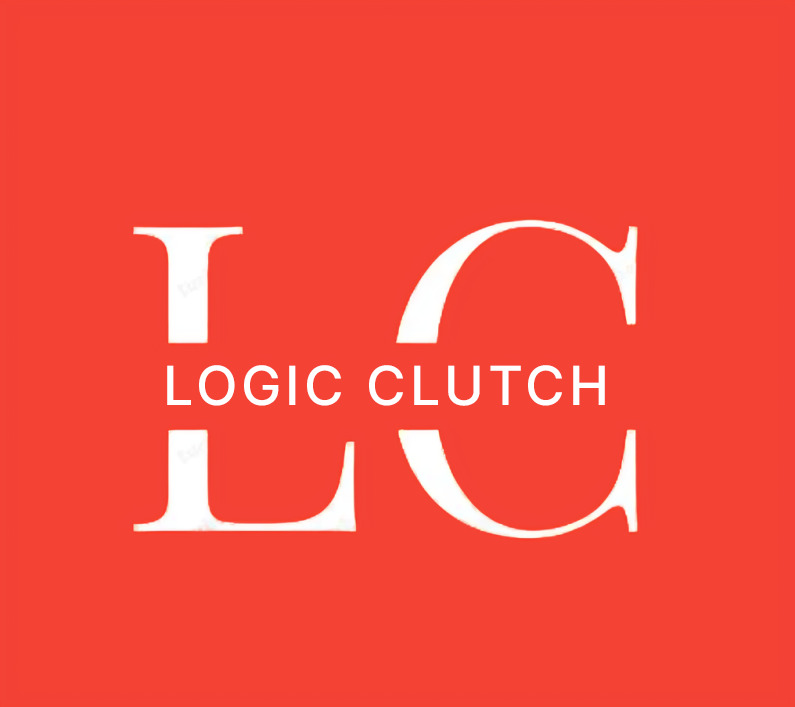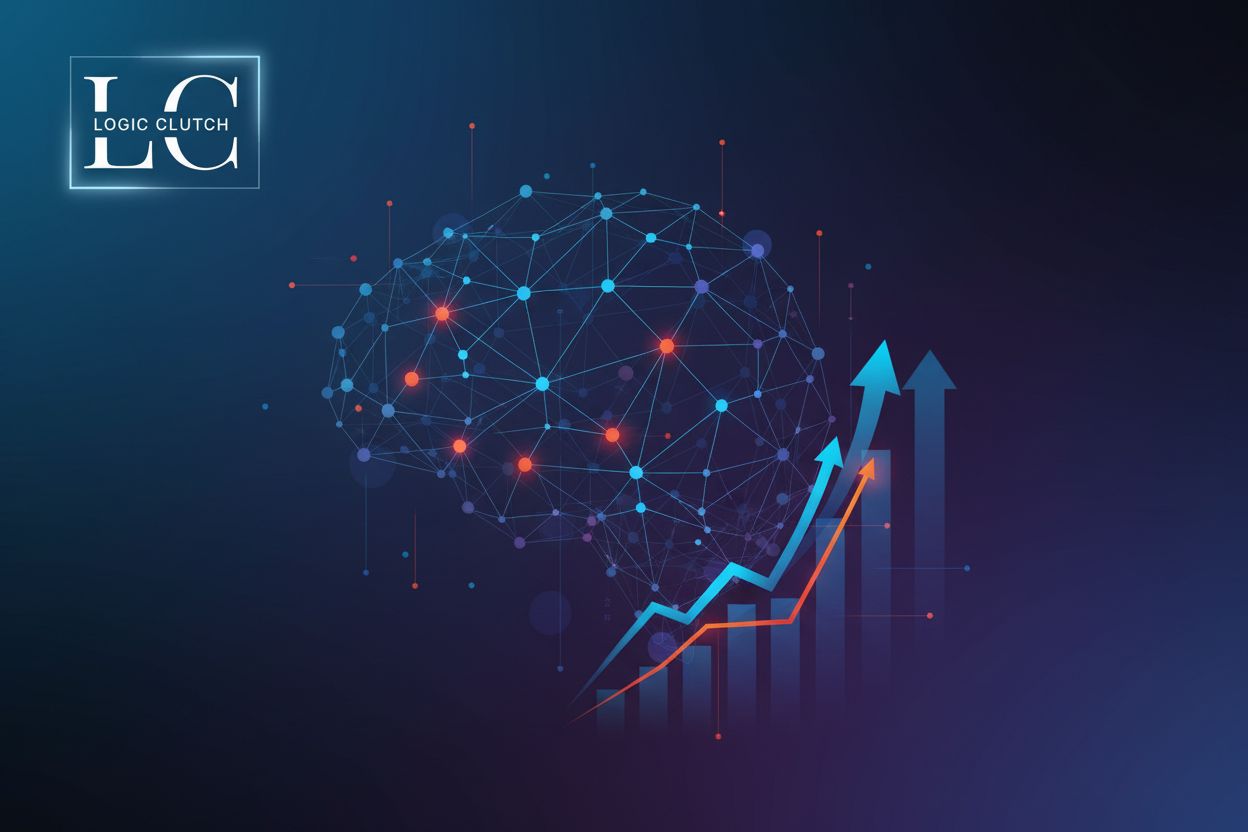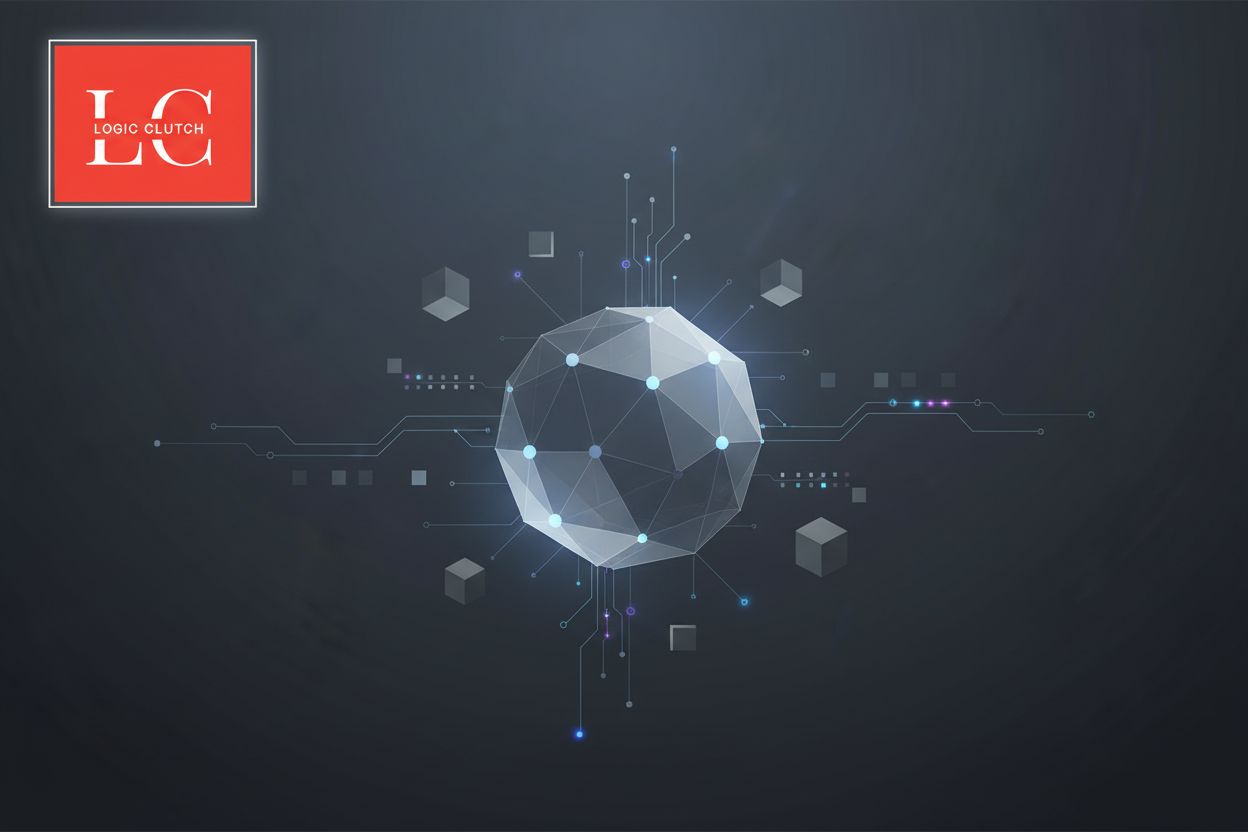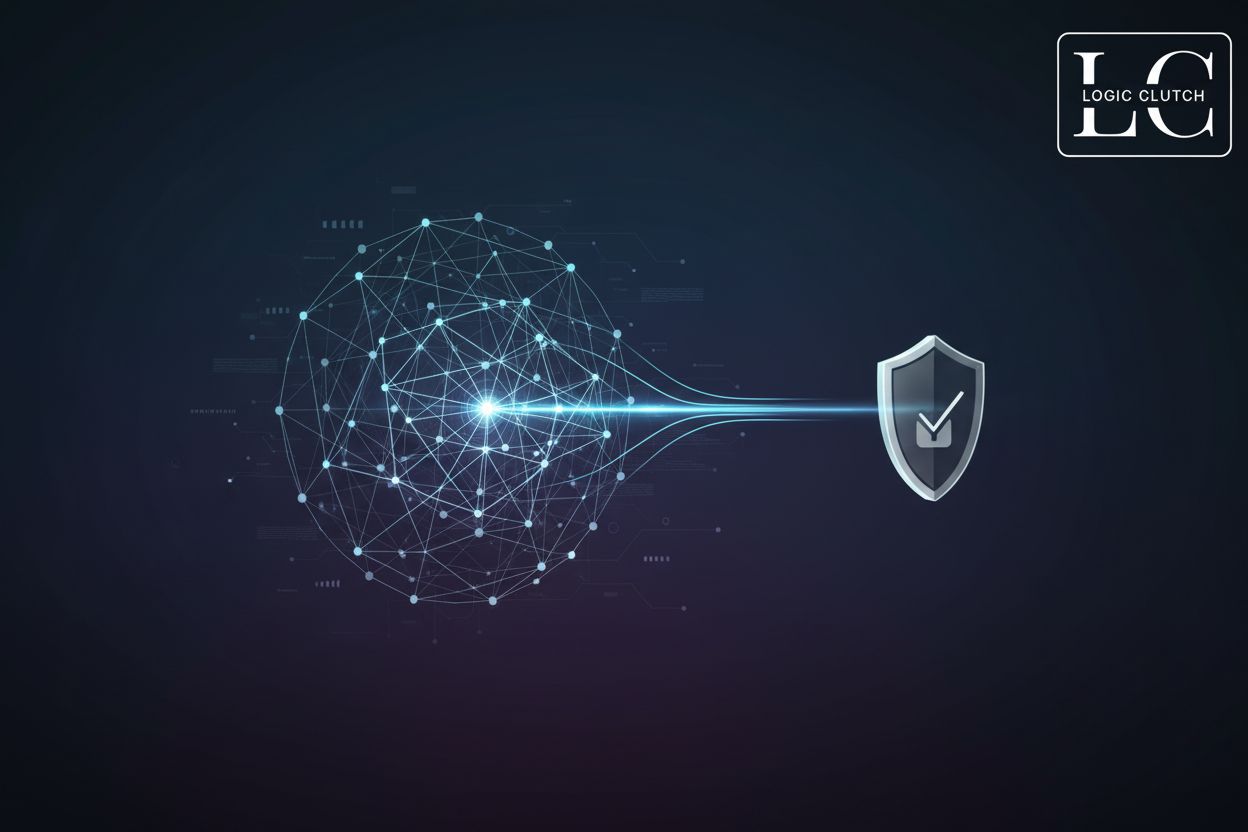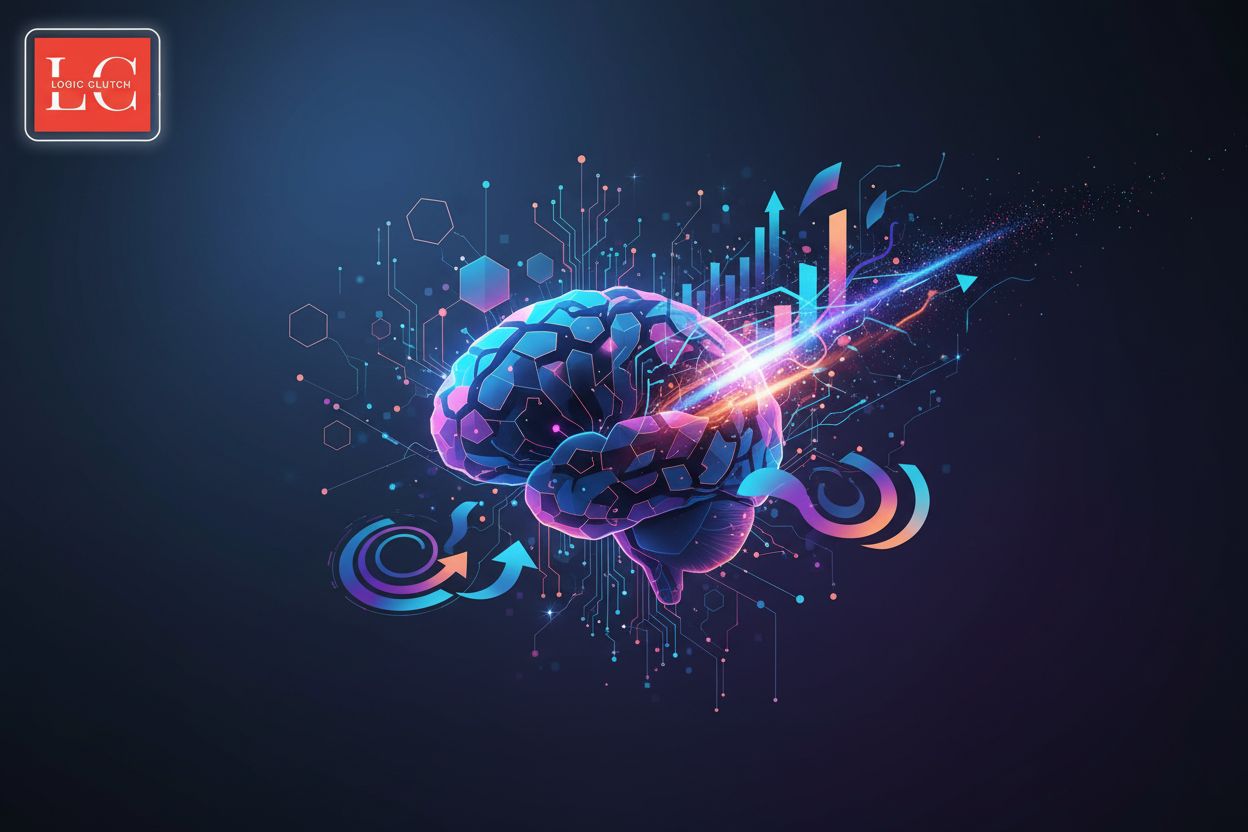DAOs Governance: A Comprehensive Guide for Tech Leaders
TL;DR
Understanding DAOs: Foundations and Evolution
DAOs are revolutionizing how organizations operate, but what exactly are they? These digital entities use blockchain technology to create transparent and community-led systems.
DAOs are decentralized autonomous organizations, operating without central control Investopedia. Decisions are made collectively by members through smart contracts, self-executing agreements written in code MIT Law. DAOs are not bound by traditional hierarchies.
- Decentralized Operation: DAOs distribute control among members. This contrasts with traditional organizations that have a top-down structure.
- Smart Contract-Based Rules: Rules are coded into smart contracts on a blockchain. These contracts automate the execution of decisions once certain conditions are met.
- Community-Driven Decision Making: Proposals are voted on by DAO members. Token holders often have voting power proportional to their holdings.
DAOs evolved from the open-source software movement and were adapted for blockchain technology. The rise of Web3 further fueled their growth.
- From Open-Source Software to Blockchain: DAOs share similarities with open-source projects, emphasizing community contributions and transparent governance MIT Law.
- Impact of Web3: Web3's focus on decentralization aligns with the DAO ethos. DAOs aim to be the primary organizational structure for the internet age.
- Current Trends and Future Outlook: DAOs are still evolving, with increased attention on balancing decentralization with effective leadership and legal compliance Coindesk.
DAOs can be applied across various industries. For example, they can manage decentralized finance (DeFi) protocols or facilitate social initiatives.
Understanding the core principles and evolution of DAOs is crucial for tech leaders. Next, we'll explore the specific governance mechanisms DAOs employ.
The Revolution in Governance: How DAOs are Changing the Game
DAOs are not just a futuristic concept; they're a present-day revolution in how organizations operate. They are shifting power from centralized authorities to community-led ecosystems.
DAOs are moving away from traditional top-down hierarchies. Instead, they embrace flat structures that distribute decision-making power among their members MIT Law. This shift empowers community participation.
Community members directly influence the organization's direction through voting mechanisms. This approach enhances transparency, as all votes and activities are recorded on the blockchain.
Blockchain technology is the backbone of DAO operations. It provides a secure and transparent ledger for all transactions and governance decisions.
Smart contracts automate the execution of decisions once specific conditions are met MIT Law. This automation ensures trust and security within the organization.
Tokens play a vital role in DAO governance. They grant participation and voting rights to holders, allowing them to propose and vote on key decisions.
Tokenomics, the economics of tokens, introduce incentives that shape behavior within the DAO MIT Law. Game theory principles are applied through tokens, influencing participant behavior with positive and negative incentives.
Now that we've explored the revolutionary governance mechanisms DAOs employ, we will examine the specific governance mechanisms DAOs employ.
Tokenomics and Governance: Driving Behavior in DAOs
DAOs are shifting how organizations operate, but how do they ensure members act in the DAO's best interest? Tokenomics and governance mechanisms provide a framework to shape behavior within these decentralized systems.
Tokenomics applies economic principles to token emissions. This includes designing token distribution and supply to coordinate and influence user behavior MIT Law.
Incentive design is a core element. DAOs use tokens to create positive incentives, rewarding participation and contributions, and negative incentives, discouraging malicious actions.
Blockchain networks rely on game theory. This involves designing systems where rational actors are incentivized to act honestly for the network's overall health.
Scarcity drives behavior. By making tokens scarce, DAOs encourage participants to make thoughtful decisions that benefit the collective.
Collective goals are incentivized. Token rewards align individual actions with the DAO's mission, fostering collaboration.
Behavioral economics acknowledges that people don't always act rationally. DAOs can use this to design systems that encourage participation, even when it's not in someone's immediate self-interest.
Purpose-driven tokens can influence behavior. For example, tokens that grant access to exclusive features can motivate members to contribute to the DAO's goals.
"Soulbound tokens," non-transferable tokens that represent commitments, credentials, and affiliations, can be used to make leadership and governance more responsive to community shifts MIT Law.
Understanding how tokenomics, game theory, and behavioral economics intersect is crucial for driving desired behaviors within DAOs. Next, we'll delve into the challenges and solutions for DAO governance.
Composable Governance: A Primer
Composable governance is emerging as a critical concept for DAOs, enabling them to adapt to evolving needs and integrate diverse governance tools. But what exactly does composable governance entail, and how does it shape the future of decentralized organizations?
Composable governance involves building modular systems on the blockchain. These systems allow DAOs to combine various governance tools and mechanisms. This approach facilitates the integration of both algorithmic and traditional governance methods MIT Law.
Composable governance provides DAOs with the flexibility to adapt to different objectives. It allows for the integration of different governance tools and mechanisms.
- Modular systems based on blockchain: DAOs can pick and choose the components that best suit their needs.
- Combining algorithmic and traditional means: DAOs can integrate smart contracts with human-led decision-making processes.
- Adapting to different objectives: Governance structures can be tailored to the specific goals of the DAO.
DAOs are becoming essential tools for collective organization in the Web3 space. They are used in decentralized applications and networks, addressing the unique needs of a decentralized reality.
- DAOs as tools for collective organization: DAOs facilitate community-driven decision-making in Web3.
- Decentralized applications and networks: DAOs support the governance of various decentralized platforms.
- Addressing the needs of a decentralized reality: DAOs provide governance solutions tailored for the decentralized web.
Composable governance enables DAOs to combine different means of governance within the same organization. This includes both on-chain systems based on smart contracts and off-chain systems that rely on human action and deliberation.
Now that we've explored composable governance, let's examine how Logic Clutch solutions can help implement these concepts.
Challenges and Caveats in DAO Governance
Are DAOs truly decentralized, or are there hidden pitfalls tech leaders should consider? While DAOs promise a new era of governance, several challenges and caveats can undermine their effectiveness.
DAOs often suffer from fragmentation, leading to isolated governance instances MIT Law. This can result in difficulties in coordination and a lack of cohesion across the DAO. Without a unified structure, effective governance becomes challenging.
Selecting the right governance systems can be overwhelming. The paradox of choice can lead to confusion and paralysis, making it difficult for members to choose from an overwhelming variety of options MIT Law.
Anonymity, while offering privacy, can weaken the sense of community within a DAO. It poses challenges in building trust and accountability among members. Reputation systems may be needed to counteract this effect MIT Law.
Over-reliance on smart contracts could lead to technocracy. A society controlled by those who understand code may not be truly decentralized or democratic MIT Law. Algorithmic governance might become overly prescriptive, limiting individual freedom.
Understanding these challenges is vital for tech leaders. Next, we will explore potential solutions to address these governance issues in DAOs.
The Future of Governance Systems: DAOs and Beyond
DAOs are at the forefront of reinventing governance, yet many wrestle with balancing ideals and practicalities. Can these digital organizations truly transform how we make decisions?
The future of governance blends traditional legal frameworks with automated systems. This integration ensures individual rights and democratic principles remain at the core of DAO operations MIT Law.
- Combining traditional and automated systems: DAOs can integrate smart contracts with established legal norms. This provides a balanced approach to governance.
- Ensuring individual rights and democratic principles: It's vital to protect individual freedoms within algorithmic governance. DAOs should avoid becoming overly prescriptive systems.
- Balancing governance systems: DAOs must combine on-chain and off-chain governance. This ensures human input and deliberation are part of the decision-making process.
DAOs can enable multiple democratic governance stacks, allowing diverse governance models to coexist MIT Law.
- Enabling multiple democratic governance stacks: DAOs facilitate various forms of governance, from algorithmic to participatory.
- Addressing risks of fragmentation and technocracy: DAOs must avoid fragmentation and over-reliance on code. They should maintain a sense of community and accountability.
- Ensuring careful steps for freedom and democracy: DAOs should prioritize individual freedom and democratic principles. Tech leaders should carefully consider these elements.
DAOs are true catalysts for law, governance, and technology. However, we must take careful steps to ensure freedom and democracy.
